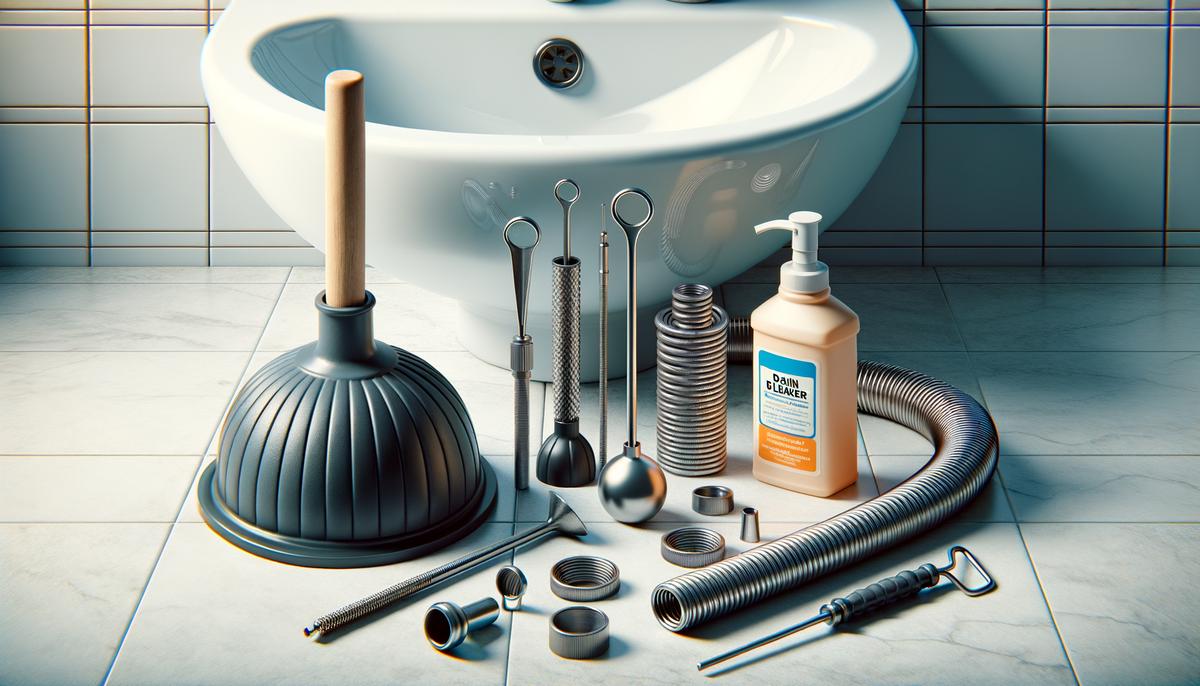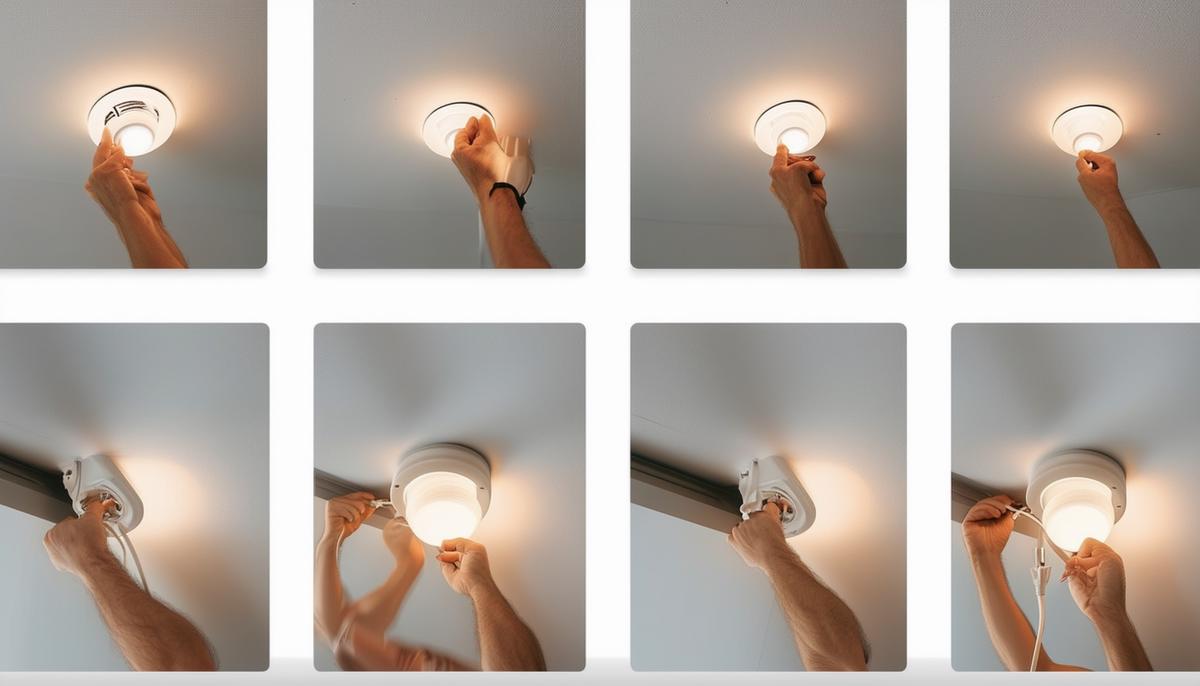1. Fixing Leaky Faucets
A leaky faucet is a common issue for homeowners. To fix it, follow these steps:
- Turn off the water supply
- Remove the handle
- Take apart the faucet to access internal components
- Replace the worn-out washer or cartridge
- Reassemble the faucet
- Reattach the handle
- Turn the water supply back on
- Test the faucet to ensure the leak is fixed
Regular maintenance and prompt repairs help keep your home functional and efficient.
2. Repairing Drywall Holes
To fix a hole in drywall, gather these materials:
- Drywall patch kit
- Putty knife
- Sandpaper
- Primer
- Paint
Clean the edges of the hole and apply the drywall patch. Spread putty over the patch, blending it with the surrounding wall. Once dry, sand the area smooth and wipe away dust. Apply primer, then paint to match the existing wall color.
This simple repair improves your home's appearance and maintains its structural integrity.
3. Unclogging Drains
To unclog a drain, start with a plunger. If that doesn't work, use a drain snake to break up and remove the blockage. For stubborn clogs, try a drain cleaner suitable for your pipes. Follow the instructions and flush with hot water afterward.
Prevent future clogs by:
- Regularly flushing drains with hot water
- Using a hair catcher
- Addressing blockages promptly
These practices keep your pipes in good working order.

4. Fixing Running Toilets
A running toilet often results from issues with the flapper, fill valve, or flush valve. Follow these steps to fix it:
- Turn off the water supply and drain the tank
- Check and replace the flapper if needed
- If the problem persists, adjust or replace the fill valve
- For a faulty flush valve, install a new one
- Turn the water back on and test flush to verify the fix
This repair saves water and reduces utility bills. In fact, fixing a running toilet can save up to 200 gallons of water per day1.
5. Replacing Light Fixtures
To replace a light fixture, follow these steps:
- Turn off the power at the circuit breaker
- Remove the old fixture and disconnect the wires
- Install the new fixture's mounting bracket
- Connect the wires: black to black, white to white, and ground to ground
- Secure the connections with wire nuts
- Attach the new fixture to the mounting bracket
- Turn the power back on and test the light
This update can significantly improve a room's appearance and lighting quality. Proper lighting can increase home value by up to 1-3%2.

Addressing these common household repairs keeps your home in good shape and prevents future problems. These straightforward tasks can make a big difference in maintaining a functional living space. Remember, if you're unsure about any repair, it's always best to consult a professional.
- Environmental Protection Agency. WaterSense at Work: Best Management Practices for Commercial and Institutional Facilities. Washington, DC: EPA; 2012.
- National Association of Realtors. Remodeling Impact Report. Chicago, IL: NAR; 2019.
